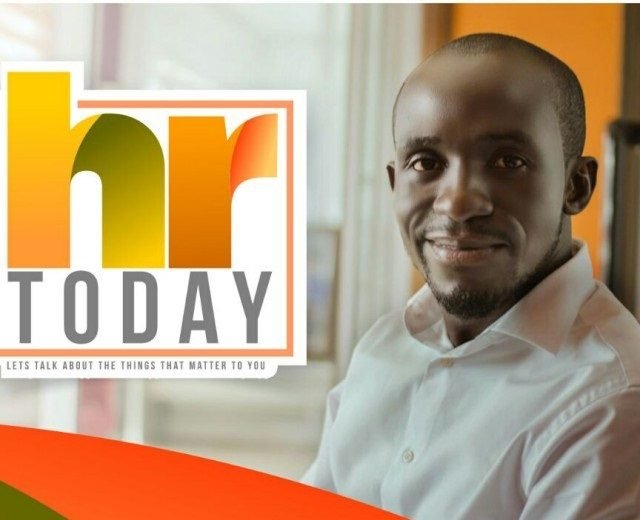
Conversations over the years suggest that HR practitioners have become copiously clear that HR processes and practices in many organisations run rather independently. And while this sounds like a good thing, it’s not! Simply because this ‘independence’ can cause a significant disconnect.
One classic example is that while the HR team handles recruitment, it is likely that they may not have evolved an effective on-boarding process that allows for a long-term connect on certain touchpoints with the employee, and the specific role they have been hired to perform.
Similarly, HR may have an operational Performance Management system, however, if that has not been mapped to Career Development and Growth, it will not be effective or efficient. It may be reduced to the normal Key Performance Indicator (KPI) setting done year after year with no real value attached to it.
The root cause of the problem appears to be that the company’s Mission and Purpose, in most cases, is not properly articulated. Even when they are, there are certain practices that need to be defined which will ensure that the Right Action flows through from the articulation. This is not always a top-down disconnect, it may be a general alignment problem that must be tackled once and for all.
Leadership practices also sometimes reflect this disconnect. The HR specialisms are, in many organisations, structured in a way that the particular practice does not create experiences that have a single theme flowing through them. They are often, insulated from each other, with each holding on to their turf. Unfortunately, the “Employee Experience” suffers.
These incongruent practices and programmes running on individual, stand-alone basis have led to employee experiences which are not in the first place very positive. And this is not because the programme is bad, but simply because they tend to generate varied experiences that do not build on each other.
An employee may also find it most challenging in terms of the specific (from a particular practice) experience and the resultant meaning without being able to connect to the larger picture – a unified thread holding the ‘recruitment to retirement’ continuum. This leads to drop in engagement and productivity levels.
The good news for all of us is that with technology, there is a great opportunity to integrate the business, technology and the employee to create a meaningful and holistic experience. Obviously, such integration will create an environment that aligns employee’s interest with business objectives. Corporate culture, values and philosophy can be smoothly imbedded into people.
In the first place, technology has can a whole lot of applications either as Apps or through an integrated systems solution to improve and enhance employee experiences. They have the potential to inspire and engage. However, one must be wary of doing something with technology that is in a silo and not integrated. For example, often organization go for one solution, say PMS but then without an integrated L&D and Succession & Career Planning, such a proposition plays out the same way as a manual system-disparate and not connected.
To consciously study and listen to, and learn what employees are doing every day and discover new ways to simplify work and improve productivity, performance, and engagement, are some of the key actions that we need to undertake to deliver the right “experiences”.
The space and specialism of developing employee personas and using them to develop journey maps is a great first step! Integrated digital solutions that deliver on employee journeys will surely enhance the employee experience. Employee experience must be paramount to the business in ensuring a meaningful work environment.
Source: BrightAmpaduOkyere/SridharGanesh
Tel. #: 0244204664
Email Address: hrtoday@gmail.com

